


The 16mm film format was developed in 1923 as an amateur film format (Eastman Kodak and Bell & Howell) for home cinema but was soon used for news coverage because of its smaller footprint and easy handling. The 16mm color version was introduced already in 1935. The optical sound track was introduced in 1932 and is mono only. The 16mm format remained as worldwide standard for news and smaller productions until end of the 1980s. The aspect ratio of 16mm film is 1:1,33. One of the big advantages is the low noise of the cameras and projectors (this was necessary to use it as an amateur format without sound isolations etc.).
The 16mm film has only two perforation holes per frame, with the introduction of an optical sound track just one perforation hole remained. The other side was used for the sound track.
The image frame size on 16m film is 7.49mm x 10.26mm with an image area of 76.85mm².
The Super-16 format takes advantage of all available space on the film area enabling an aspect ratio of 1:1,66 (corresponding to todays HD format 16:9). Developed by Rune Ericson from Sweden in the early 1960s, in 2001 he was awarded an Oscar for the innovation of Super-16. The Super-16 film has no sound track, the space is used for the expanded image. Sound was carried on magnetic tape.
The image frame size on Super-16 film is 7.41mm x 12.52mm with an image area of 92.77mm² with an actual active image size of 86mm².
 |
 |
 |
| 16mm film | 16mm film with optical sound track | Super-16 film |
Also an "Ultra-16" format was developed later with an aspect ratio of 1:1.85
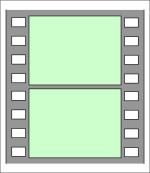 |
 |
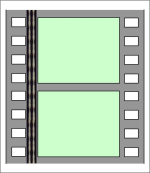 |
 |
| 35mm movie film full aperture |
35mm Academy aperture with space for optical sound track |
35mm Anamorphic aperture (Cinemascope) with space for optical sound track |
35mm photo film |
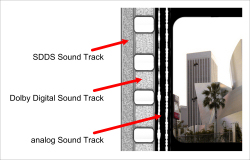 |
| sound tracks on film |
 |
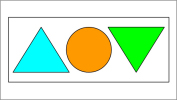 |
| image on film (with optical sound track) | image on screen |
Anamorphic lenses are used to capture the Cinemascope image with an aspect ration of 2.35:1 or 2.38:1 on a regular 35mm film. It was invented in the 1950s. A single cylindrical lens element squeezes the image horizontally. At the projector the opposite lens un-squeezes the image again to the proper image width.
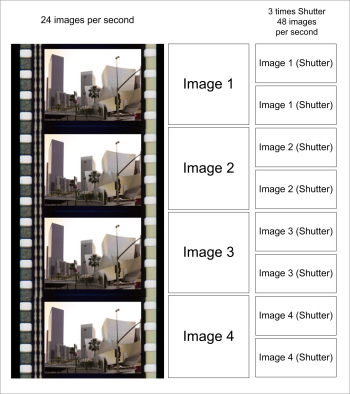 |
 |